
New CO for 814 NAS
It’s all change at the top for one of Royal Naval Air Station Culdrose’s leading frontline Merlin Squadrons.
On 07 January 2014 Commander Stuart Finn assumed command of 814 Naval Air Squadron ‘The Flying Tigers,’ gratefully acceptingthe honour from his predecessor Commander Chris Stock. He takes over the reigns as the Sqn begins a busy year which will see their Merlin MK1’s replaced by Merlin MK 2.
Coming from a Warfare background he has so far enjoyed a varied naval career including ‘Bridge Watch Keeping’, Navigating Officer duties as well as qualifying as a Ships Diver. Cdr Finn transferred to flying duties as a Royal Navy Observer and was streamed onto the Merlin Maritime Patrol Helicopter.
Aviation appointments have included service on the Frigates HMS Cumberland, Chatham, Monmouth and the Destroyer HMS Exeter including service in Sierra Leone. He has also operated on the ‘Invincible class Aircraft Carrier’. During his time at Sea Cdr Finn has taken part in operations in the Mediterranean, Middle East and Far East as well as instructing new Aircrew in how to operate the aircraft. Having been directly involved in UK Enhanced Boarding Capability and conducted Counter Piracy Operations off the Somali coastline, he brings with him the essential experience to ensure 814 NAS continues to deliver Maritime Security Operations afloat.
Cdr Stuart Finn has served previously at RNAS Culdrose on 820 NAS as the Senior Observer and Executive Officer. Prior to assuming Command of 814 NAS he was Executive Assistant to Assistant Chief of Naval Staff (Aviation & Carriers) in Navy Command Headquarters in Portsmouth.
On joining Cdr Stuart Finn said. ‘My initial focus for 2014 is to ensure we continue to support our long-standing commitment to Maritime Security Operations within the Gulf Region and assist our Coalition partner’s efforts in countering illegal activities on the high seas. As Merlin Helicopter Force transitions from Merlin MK1 to MK2 the intention is for 814 NAS to convert to MK2 toward the end of 2014. With the enhanced Operational Capability the MK2 will bring it proves to be an exciting time for my Command’.
On 07 January 2014 Commander Stuart Finn assumed command of 814 Naval Air Squadron ‘The Flying Tigers,’ gratefully acceptingthe honour from his predecessor Commander Chris Stock. He takes over the reigns as the Sqn begins a busy year which will see their Merlin MK1’s replaced by Merlin MK 2.
Coming from a Warfare background he has so far enjoyed a varied naval career including ‘Bridge Watch Keeping’, Navigating Officer duties as well as qualifying as a Ships Diver. Cdr Finn transferred to flying duties as a Royal Navy Observer and was streamed onto the Merlin Maritime Patrol Helicopter.
Aviation appointments have included service on the Frigates HMS Cumberland, Chatham, Monmouth and the Destroyer HMS Exeter including service in Sierra Leone. He has also operated on the ‘Invincible class Aircraft Carrier’. During his time at Sea Cdr Finn has taken part in operations in the Mediterranean, Middle East and Far East as well as instructing new Aircrew in how to operate the aircraft. Having been directly involved in UK Enhanced Boarding Capability and conducted Counter Piracy Operations off the Somali coastline, he brings with him the essential experience to ensure 814 NAS continues to deliver Maritime Security Operations afloat.
Cdr Stuart Finn has served previously at RNAS Culdrose on 820 NAS as the Senior Observer and Executive Officer. Prior to assuming Command of 814 NAS he was Executive Assistant to Assistant Chief of Naval Staff (Aviation & Carriers) in Navy Command Headquarters in Portsmouth.
On joining Cdr Stuart Finn said. ‘My initial focus for 2014 is to ensure we continue to support our long-standing commitment to Maritime Security Operations within the Gulf Region and assist our Coalition partner’s efforts in countering illegal activities on the high seas. As Merlin Helicopter Force transitions from Merlin MK1 to MK2 the intention is for 814 NAS to convert to MK2 toward the end of 2014. With the enhanced Operational Capability the MK2 will bring it proves to be an exciting time for my Command’.






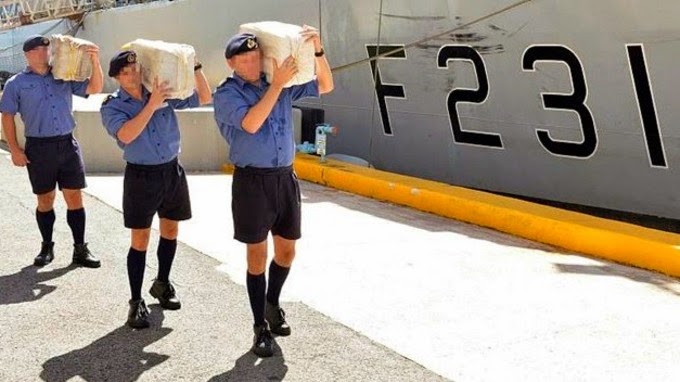


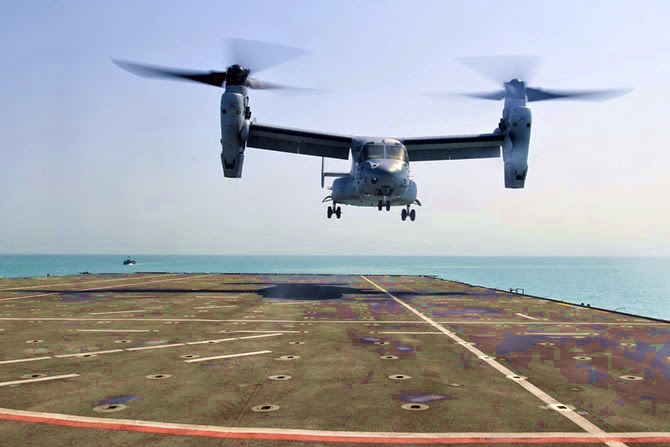





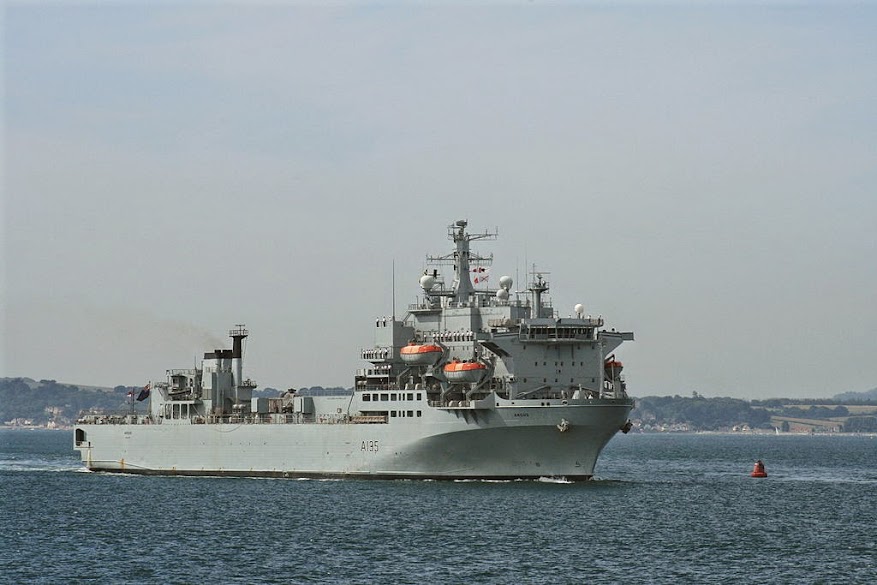
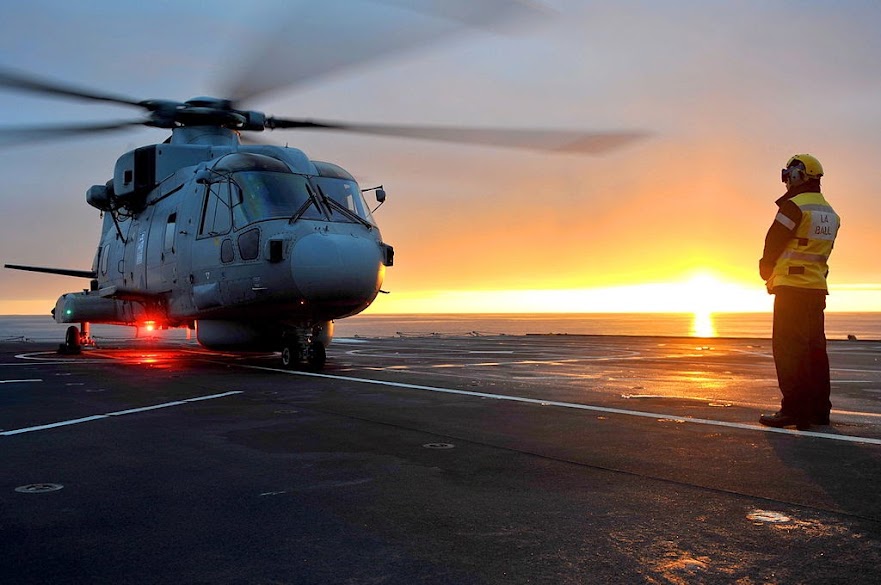


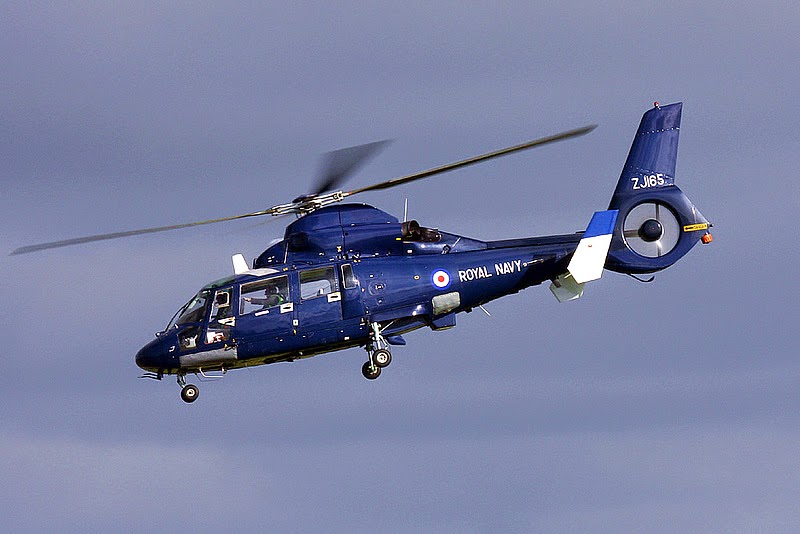
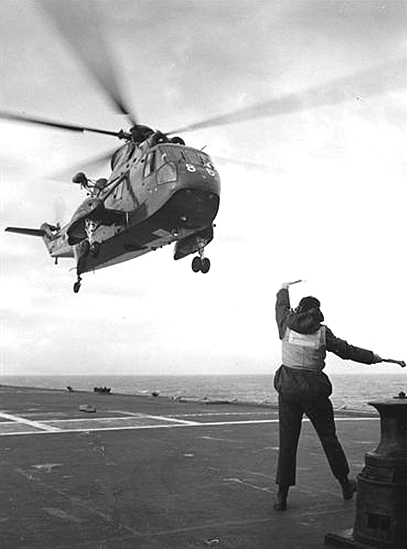


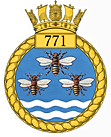
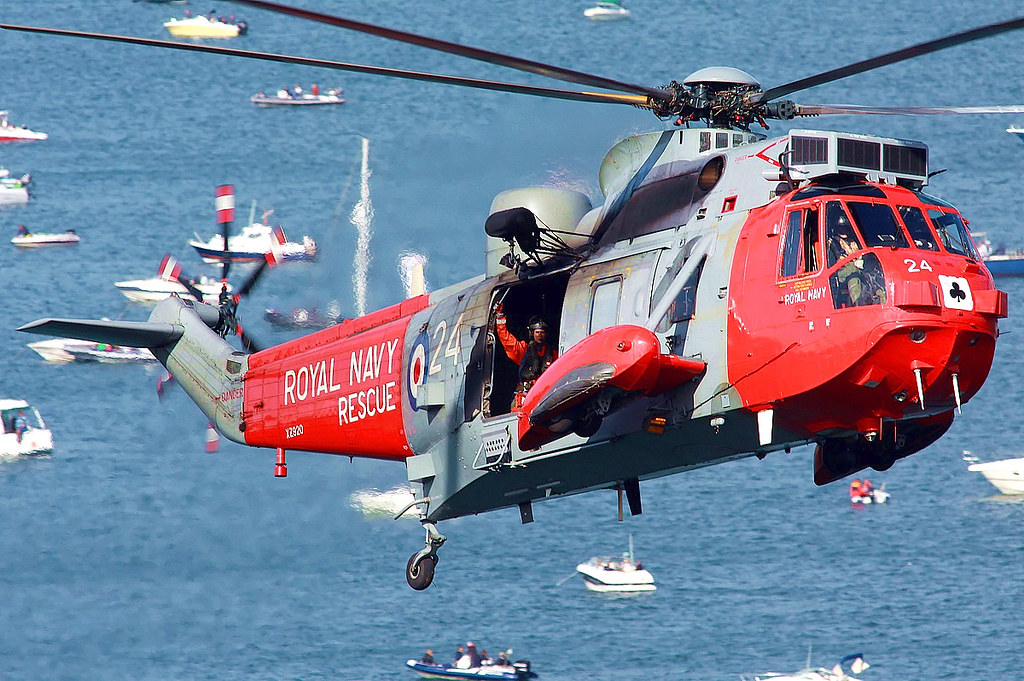















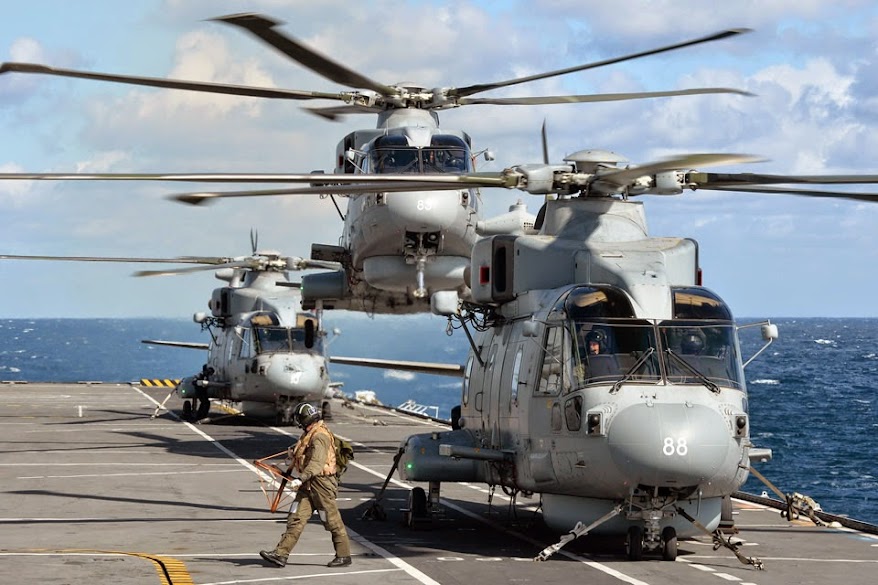




Leave a comment: